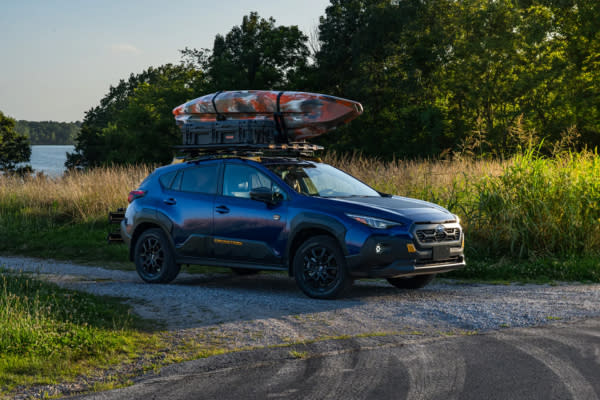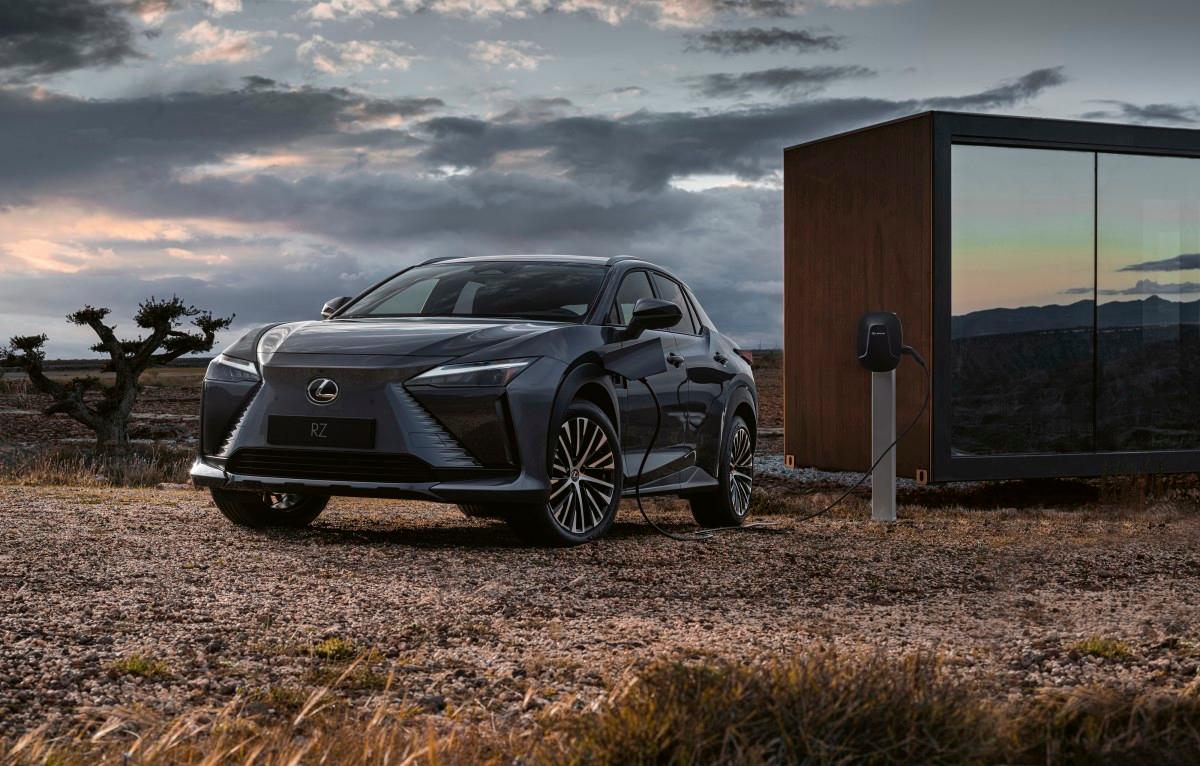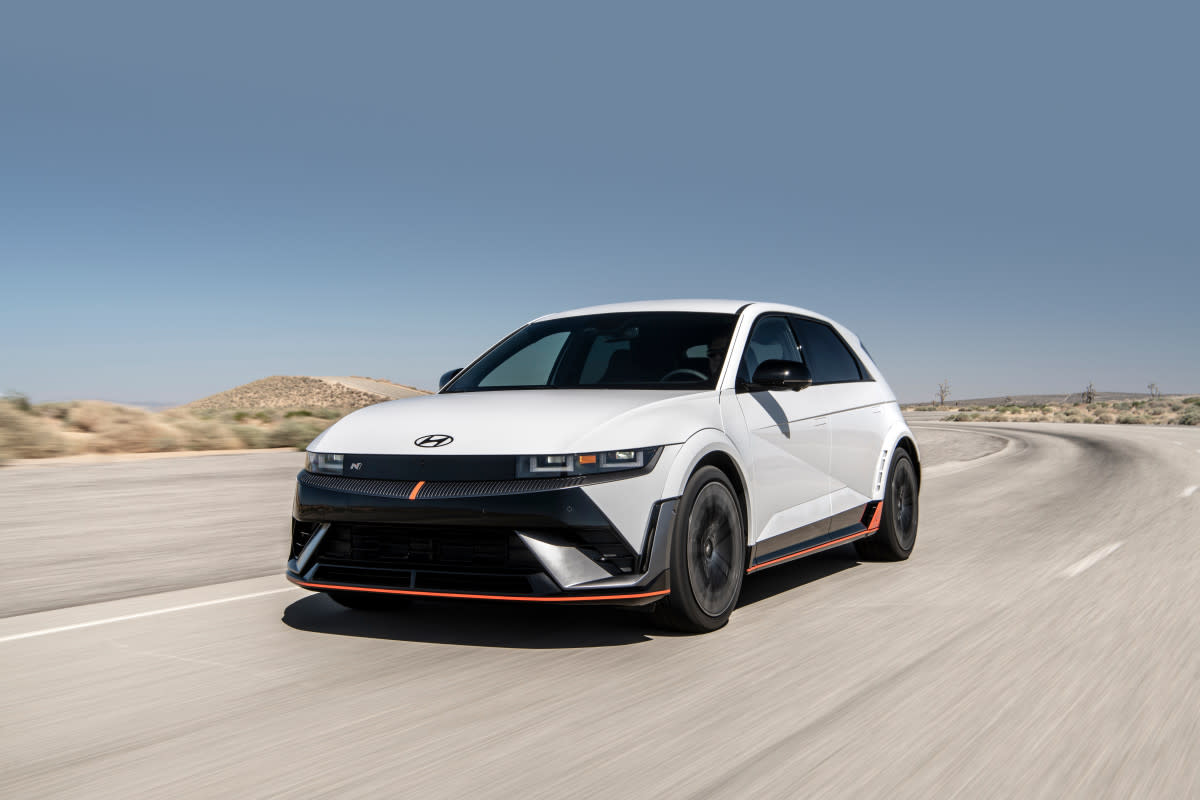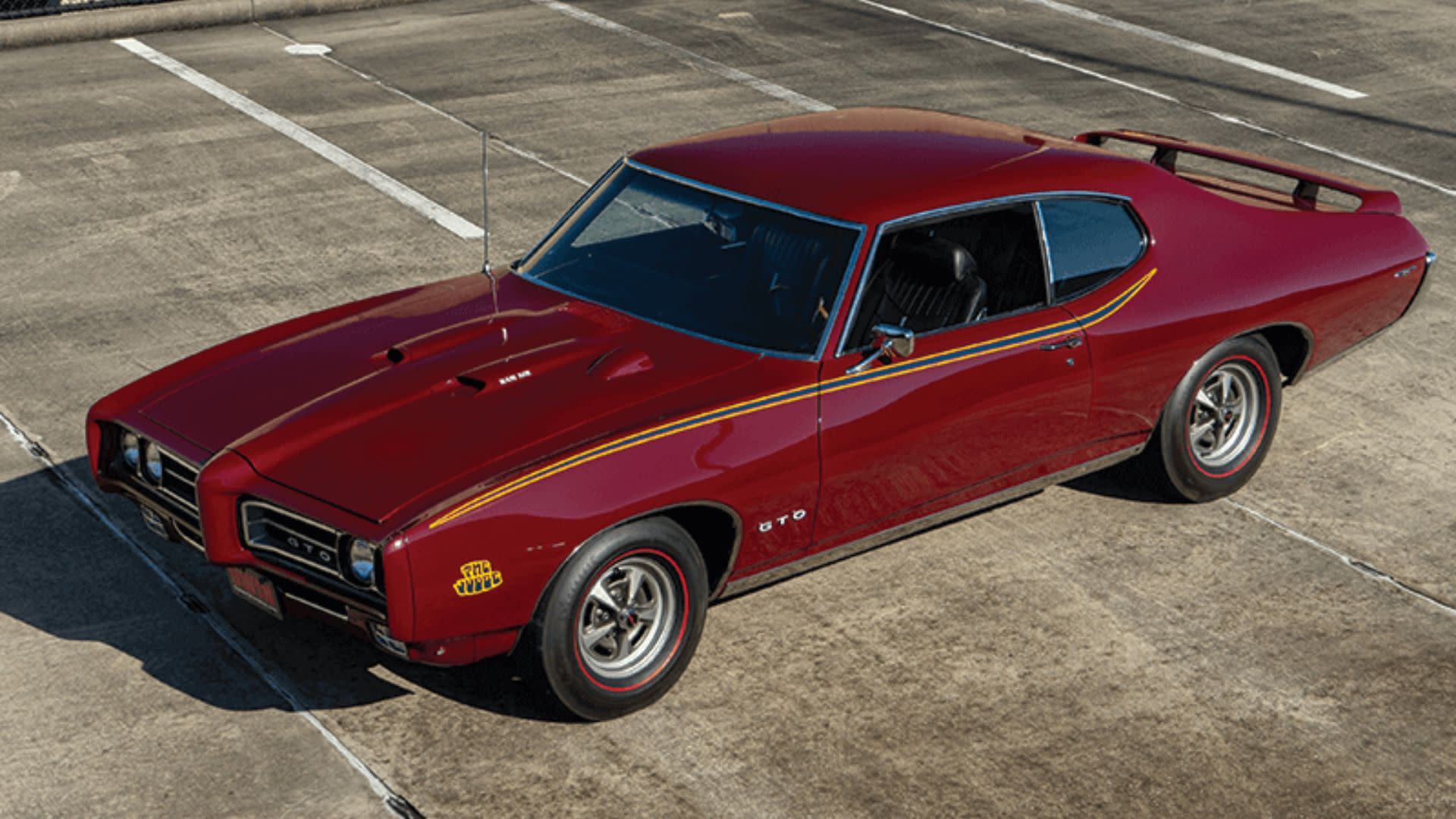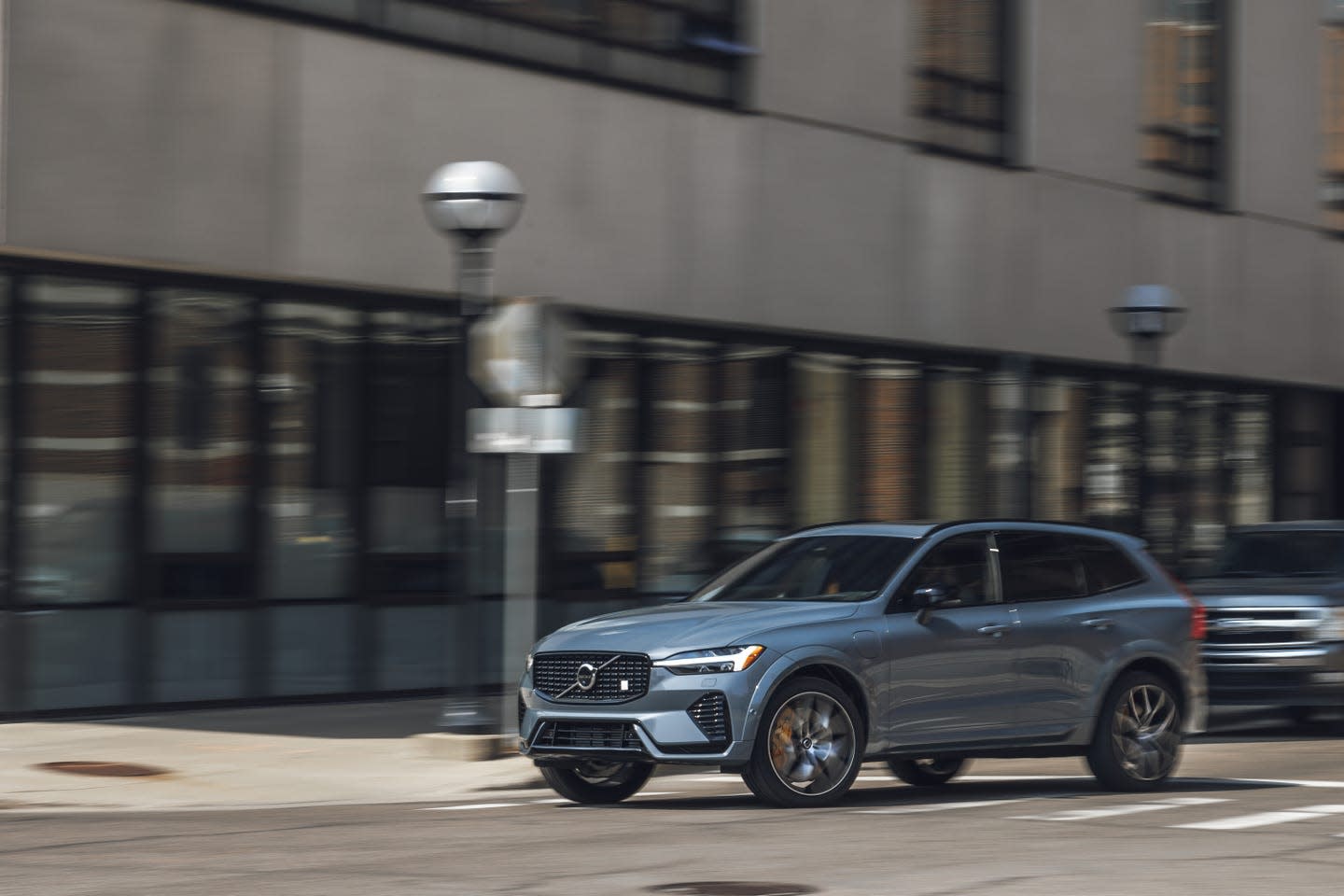
Hybrid vehicles—those combining an internal-combustion engine with one or more electric motors to power the wheels—come in all shapes and sizes. Folks seeking a fuel-efficient option are no longer limited to the Toyota Priuses and gas-sipping Hondas of the world, and even those models have come a long way from their humble beginnings a couple decades back.
Regardless of whether or not you're specifically on the hunt for a gas-electric vehicle, chances are one or more will end up on your radar given the proliferation of this type of powertrain throughout the auto industry. We've created this guide to help shoppers of new and used hybrids understand their advantages, the differences between standard gas-electrics and plug-in models, new and used options, and any tax incentives that may be applicable.
Why Consider a Hybrid?
More and more models on the market today either offer a hybrid version or come only in gas-electric form. In the latter case, if that's the car you want, the decision to go hybrid is an easy one.
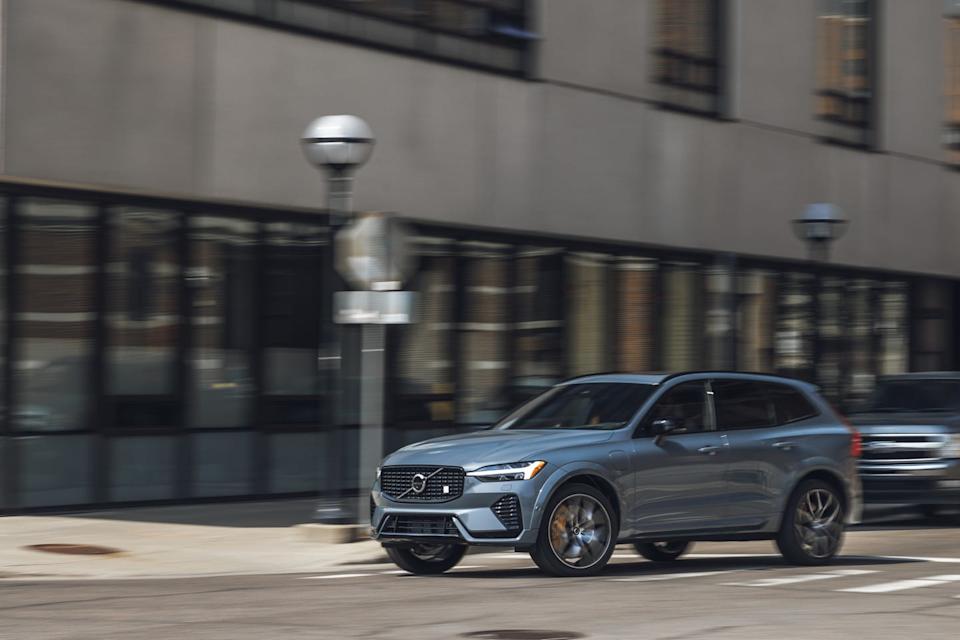 2025 Volvo XC60 Hybrid. Michael Simari - Car and Driver
2025 Volvo XC60 Hybrid. Michael Simari - Car and DriverIf, however, you're deciding between gas-only and hybrid models, the choice may be more nuanced. Thanks to fuel-saving features such as regenerative braking and generally smaller, more-efficient engines that can call up an electric assist when needed, most hybrid vehicles use less fuel than comparable models, particularly when driving at lower speeds. On the other hand, at higher speeds, such as in our 75-mph highway fuel-economy test, hybrids tend to underperform their window-sticker value. Depending on how you drive, owning a hybrid has the potential to save you money at the pump and has benefits for the environment. But because of their more complex powertrains, hybrids tend to cost a little more upfront. That means it may take a few years to pay back the price premium.
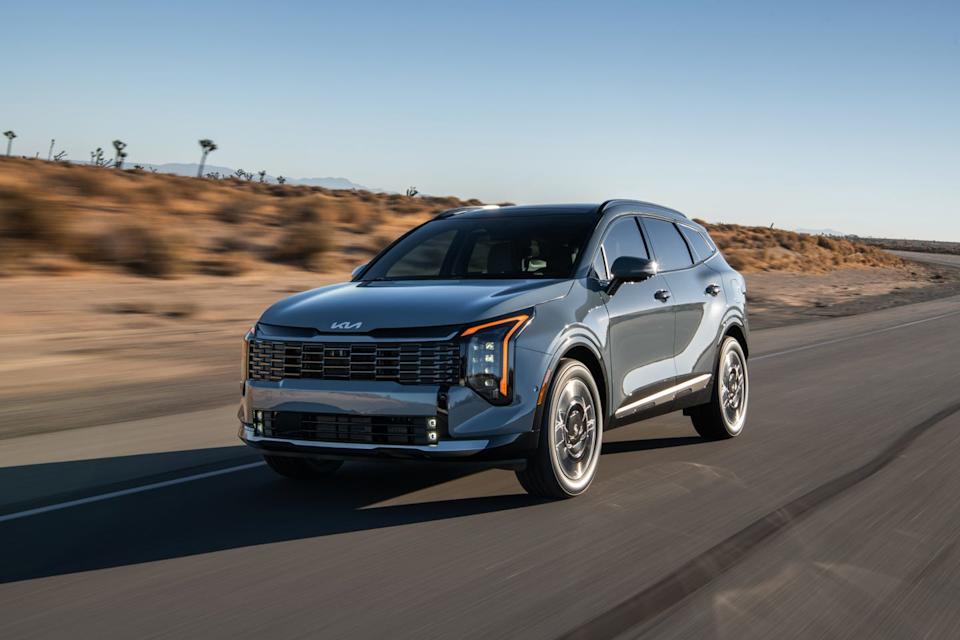 2026 Kia Sportage Hybrid. Kia
2026 Kia Sportage Hybrid. KiaIf you're not into math, the EPA's fueleconomy.gov website offers a helpful comparison tool that will let you compare a hybrid vehicle with its nonhybrid counterpart, taking into account the prices of the two models, how many miles you drive annually, what portion of your driving is in the city, and the price of fuel. It will then spit out a personalized payback period that you can use to help decide. For instance, comparing a 2025 Kia Sportage EX AWD hybrid with the nonhybrid version and leaving the default values alone—15,000 miles per year, with 55 percent of them in the city, at $3.21 per gallon—shows that the $1300 price premium of the hybrid model would take two years to repay. Drive more miles per year, and the payback will happen sooner.
Using less fuel and the accompanying monetary savings aren't the only reasons to opt for a hybrid, however. Hybridized sporty cars prioritize increased output over saving fuel. Examples include monster-power options from Mercedes-AMG and Bentley, as well as the plug-in Ferrari SF90.
If you're looking for a hybrid pickup truck or SUV, it's a similar story with some models, such as many from Toyota, that get gas mileage that's equivalent compared to those of the nonhybrid powertrains they replace but yield more output. So a hybridized four-cylinder can make more power and torque than an unassisted V-6 engine without burning more fuel.
 2025 Ford Maverick. Ford
2025 Ford Maverick. FordStandard Hybrids vs. Plug-Ins
Assuming you're open to a gas-electric powertrain, you may have one more decision to make. Within the hybrid category are two major sub-types: standard hybrids, which get their power solely from liquid fuel, and plug-in hybrids, which have larger onboard batteries that can be juiced by an external source, much like an EV. Plug-ins, or PHEVs, can also drive substantially further on electric-only power (typically between 15 and 40 miles) than can regular hybrids.
Again, some models come only one way or the other, while popular vehicles such as the Toyota RAV4 can be had with either type of hybrid powertrain. Plug-ins tend to cost more due to their larger battery packs and more powerful electric motors, but they usually also outdo their standard-hybrid counterparts' fuel-economy ratings. You'll have to do the math to determine which makes more sense for you financially.
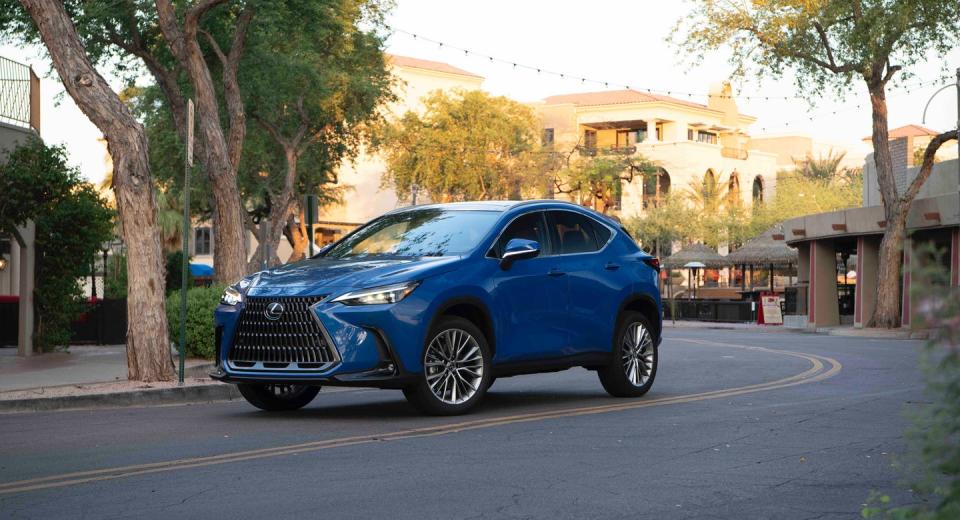 2025 Lexus NX350h. Lexus
2025 Lexus NX350h. Lexus Regarding charging, whether or not to go for a plug-in has more to do with where you park than how you drive. That high-capacity battery and charging port don't do you any good if you never make use of them. So if you street park or live in an apartment or condo that won't accommodate the installation of charging equipment, a plug-in probably doesn't make sense for you. But if you can plug in overnight at home or during your 9-to-5—preferably both—most if not all of your commute and daily errand-running may be covered by a plug-in's electric-only range.
As long as you're not charging at pricey public stations, the cost per mile is much lower when running on electricity than gasoline. And unlike with an EV, a plug-in still has a fuel tank and gas engine to let you extend its comfortable range without having to worry about where to stop or how long it will take to refuel.
New vs. Used
Choosing between a brand-new or a pre-owned hybrid or plug-in often comes down to budget. Like any used vehicle, a hybrid depreciates—loses some of its value—over time, making the pre-owned route more affordable when comparing similar models. That said, hybrids sometimes hold their value better than nonhybrids. This brings us back to the payback calculation discussed earlier. You mileage and results may vary.
We have separate guides on buying pre-owned and shopping for new vehicles that can help you decide, as well. There's also the option of a certified pre-owned vehicle for those who want the extra peace of mind that a longer warranty provides.
Available Incentives
Should you settle on a new or used plug-in hybrid, there may be some extra savings in your future. PHEVs with a battery capacity above 7 kWh and meeting some other requirements are eligible for a tax break. For new plug-ins, the price cap is an MSRP of $80,000 for trucks and SUVs, or $55,000 for cars; used PHEVs must sell for less than $25,000 to qualify. There are also household income limits for who can take advantage of these credits. The IRS spells everything out clearly in documents for new and used vehicles.
Note that these tax breaks are set to expire on September 30, 2025. If you want to take advantage, you must purchase the vehicle by that date. Your state may offer additional incentives, so be sure to read up on those before making your selection.
Whether your goal is to save fuel, save money, or maximize power, there's a new or used hybrid that's right for you. Follow our advice, and you'll get a good deal on the right gas-electric vehicle to suit your needs and wants.
You Might Also Like
Car and Driver’s 10 Best Cars through the Decades
How to Buy or Lease a New Car
Lightning Lap Legends: Chevrolet Camaro vs. Ford Mustang!


